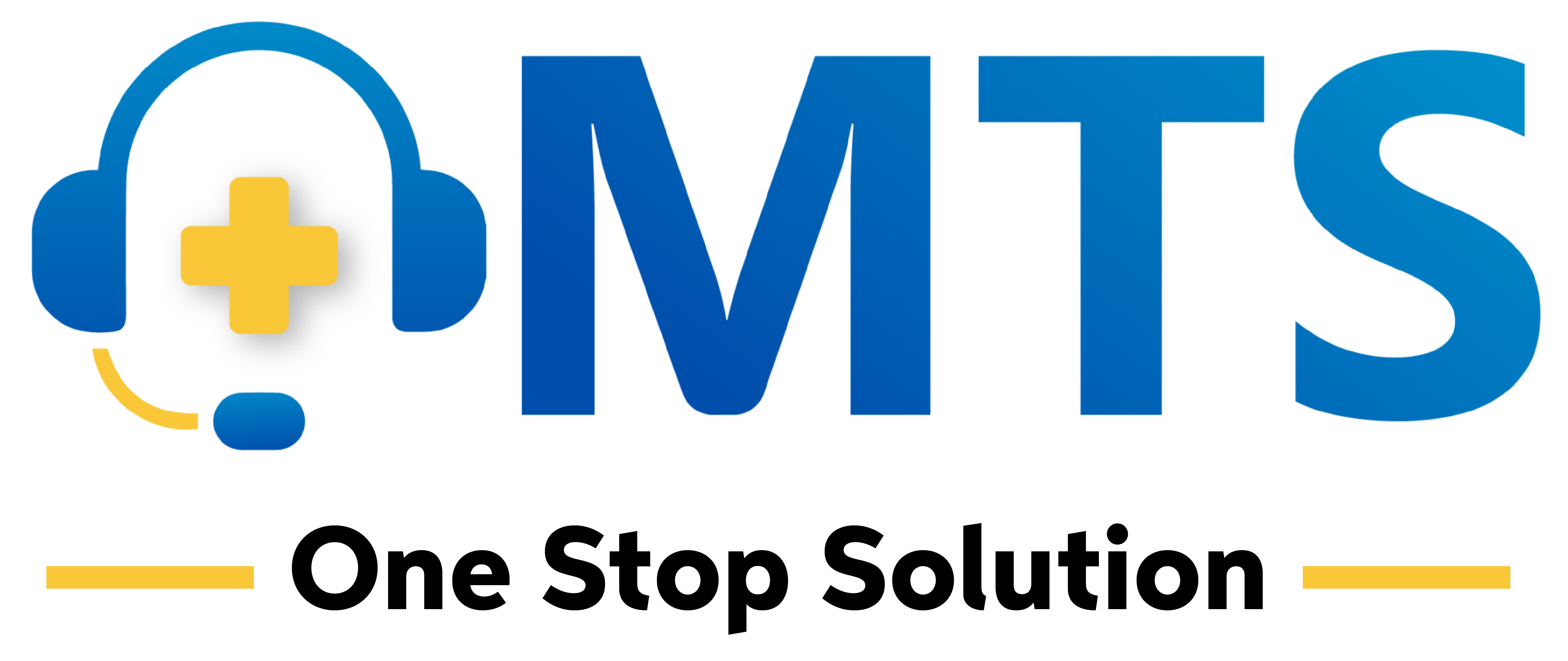The field of medical transcription has witnessed a remarkable evolution over the years, transitioning from manual processes to sophisticated digital technology. This evolution has not only streamlined the transcription process but also enhanced the efficiency and accuracy of healthcare documentation.
In the early days, medical transcription involved manual typewriters and handwritten notes from healthcare professionals. This labor-intensive process was prone to errors and often resulted in time-consuming revisions.
The advent of computers and word processing software brought about a significant shift. Typists could now transcribe medical reports more quickly and efficiently. However, the real game-changer was the introduction of voice recognition technology.
Automated speech recognition (ASR) software has revolutionized medical transcription. It allows for the direct conversion of spoken words into text, reducing the need for manual typing. ASR technology has significantly expedited the transcription process while improving accuracy.
Moreover, the integration of electronic health records (EHRs) with medical transcription services has further enhanced efficiency. Healthcare professionals can now easily access and update patient records, streamlining the entire healthcare documentation process.
The evolution of medical transcription has not only improved the speed and accuracy of documentation but has also made patient data more accessible and secure. As technology continues to advance, medical transcription is set to become even more efficient and reliable in the years to come.


